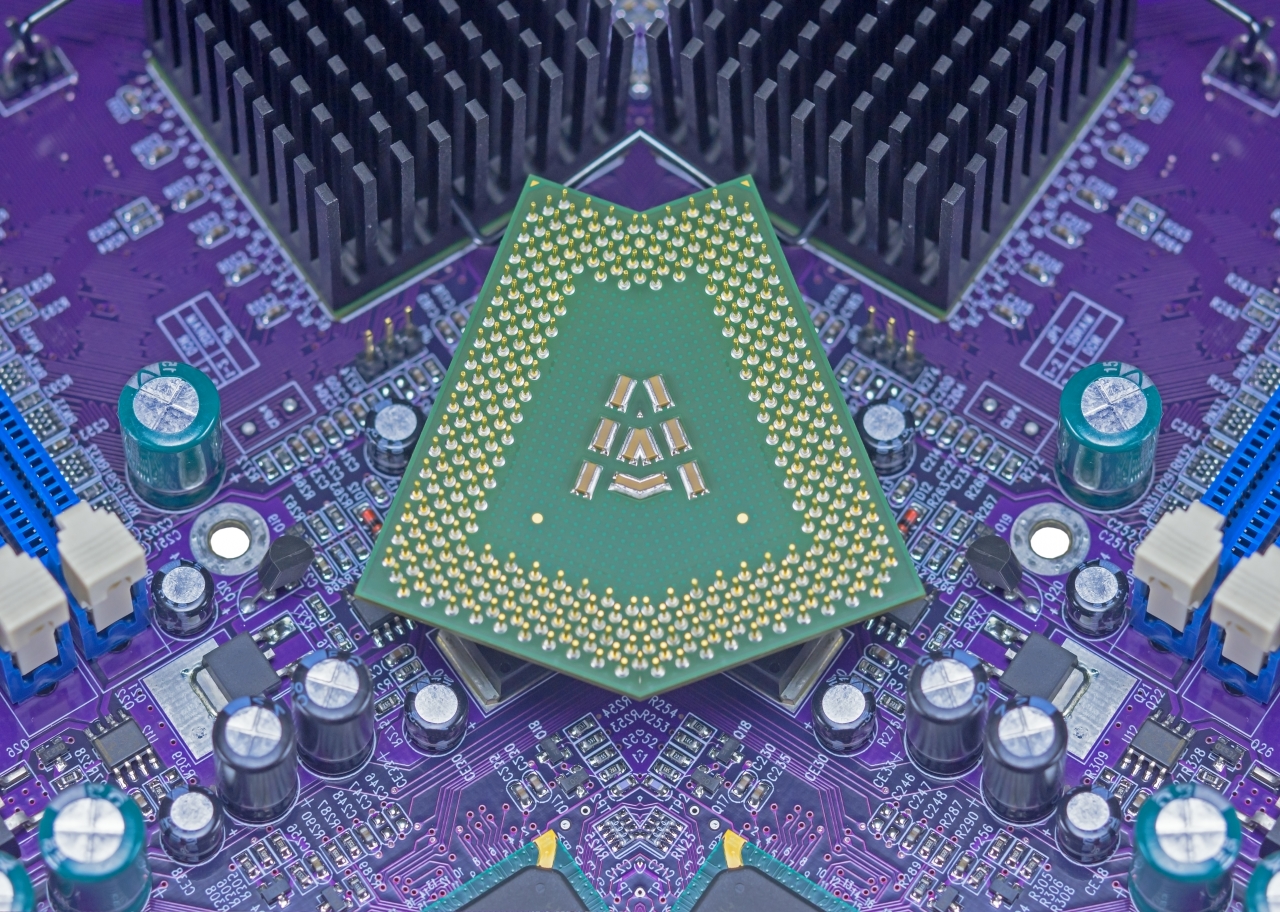The Future of Computing is Distributed | 7wData
- Read original article here

Distributed applications are not new. The first distributed applications were developed over 50 years ago with the arrival of computer networks, such as ARPANET. Since then, developers have leveraged distributed systems to scale out applications and services, including large-scale simulations, web serving, and big data processing. In my own career, which started more than 20 years ago, I have worked on distributed systems in the context of the internet, peer-to-peer networks, big data, and now, machine learning.
However, until recently, distributed applications have been the exception, rather than the norm. Even today, undergraduate students at most schools do very few projects involving distributed applications, if any. However, that is changing quickly.
There are two major trends fueling this transformation: the end of Moore’s Law and the exploding computational demands of new machine learning applications. These trends are leading to a rapidly growing gap between application demands and single-node performance which leaves us with no choice but to distribute these applications.
Moore’s Law, which has fueled the unprecedented growth of the computer industry over the past 40 years, has ended. Under Moore’s Law, processor performance famously doubled every 18 months. Today, however, it grows at a paltry 10-20% over the same period.
While Moore’s Law may have ended, the demand for increased compute has not. To address this challenge, computer architects have focused their attention on building domain-specific processors that trade generality for performance.
As the heading suggests, domain-specific processors are optimized for specific workloads at the cost of generality. The canonical example of such a workload is deep learning, which is revolutionizing virtually every application domain, including financial services, industrial control, medical diagnosis, manufacturing, system optimization, and more.
To support deep learning workloads, companies have raced to build specialized processors, such as Nvidia’s GPUs and Google’s TPUs. However, while accelerators like GPUs and TPUs bring more computational power to the table, they essentially help to prolong Moore’s Law further into the future, not to fundamentally increase the rate of improvement.
The demands of machine learning applications are increasing at a breakneck speed. Here are examples of three important workloads.
According to a famous OpenAIblog post, the amount of computation required to achieve state-of-the-art machine learning results has roughly doubled every 3.4 months since 2012. This is equivalent to an increase of almost 40x every 18 months, which is 20x more than Moore’s Law! Thus, even if Moore’s Law hadn’t ended, it would still fall way short of satisfying the demands of these applications.
This explosive growth is not exclusive to esoteric machine learning applications, such as AlphaGo. Similar trends hold for mainstream application areas like computer vision and natural language processing. For example, consider two state-of-the-art neural machine translation (NMT) models, the seq2seq model from 2014 and a pretraining approach on tens of billions of sentence pairs from 2019. The ratio between the computational resources required by the two is over 5,000x (seq2seq takes approximately 0.09 PetaFLOPS-days as reported here, while per our estimates the latter approach takes 460 PetaFLOPS-days[1]). This corresponds to an annual increase of 5.5x. Similarly, consider ResNet 50 versus the ResNeXt 101 Instagram model, two state-of-the-art object recognition models which were published in 2015 and 2018, respectively. The ratio between the training times of the two is a staggering 11,000x (58min using 16 Nvidia V100 GPUs for ResNet 50 vs 22 days using 336 GPUs for ResNetXt 101)[2]. This corresponds to an annual increase of 22x! These values dwarf Moore’s law, which suggests an increase of just 1.6x every year.

